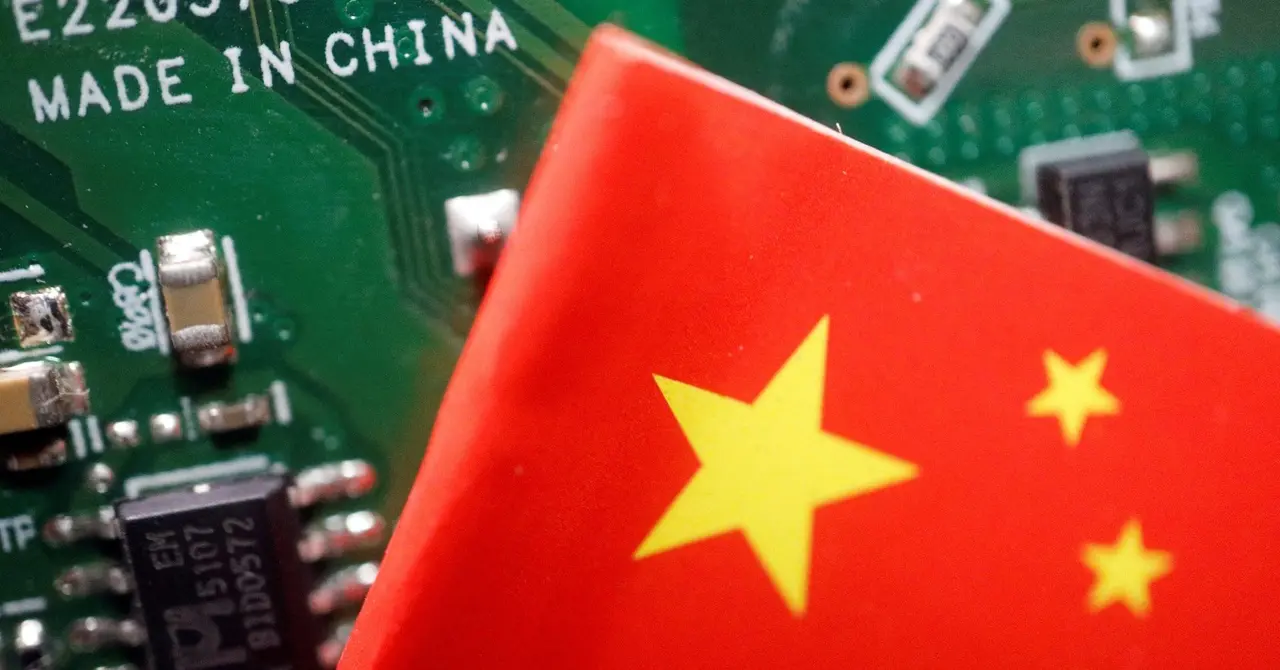AI Revolutionizes Geoscience Research: Enhancing Weather Forecasting, Seismic Analysis, and Microbiome Studies
3 Sources
3 Sources
[1]
Artificial intelligence in geoscience
Artificial intelligence is increasingly enabling geoscience research. Ensuring community trust in its outcomes requires education and transparency. Utility of artificial intelligence in geoscience Nature Geoscience spoke with Dr Mariana Clare, a machine learning scientist at the European Centre for Medium-Range Weather Forecasts; Prof. Haifeng Qian, an environmental scientist at Zhejiang University of Technology; and Dr Theresa Sawi, a seismologist at the US Geological Survey, about using artificial intelligence (AI) in their research and in geoscience generally.
[2]
Advancing geoscience with AI - Nature Geoscience
Artificial intelligence is increasingly enabling geoscience research. Ensuring community trust in its outcomes requires education and transparency. Public awareness of artificial intelligence (AI) has rapidly grown in the past couple of years with the release of generative AI tools such as ChatGPT, but the use of AI methods such as machine learning by geoscientists has been accelerating since 2015 (ref. ). This trend is reflected in the increasing number of research articles using AI techniques published in Nature Geoscience since 2021, which are collated in a Focus accompanying this issue, together with opinion pieces on topics pertaining to the use of AI in geoscience.
[3]
Utility of artificial intelligence in geoscience - Nature Geoscience
Theresa Sawi: I primarily use unsupervised machine learning (ML) in my research to understand how sequences of earthquakes (and icequakes) interact and evolve through time. More specifically, I use unsupervised ML to extract patterns from seismic waveforms and to cluster the patterns into families based on similarity, making it possible to understand trends and changes within the waveforms in the context of their natural systems. Unlike supervised ML, unsupervised ML does not require human analysts to manually assign labels (like 'earthquake' or 'noise') to the waveforms prior to training the machine, which can be an extraordinarily time-consuming process. Furthermore, supervised ML methods can only discover the patterns they have previously been taught, which precludes them from discovering new patterns in the data that scientists may not have anticipated. Unsupervised ML can be especially beneficial when analysing datasets that are historical and unlabelled, that are newly acquired, or when it is desirable that the patterns are inferred directly from the data rather than proposed by the analyst. Although the results may be more difficult to interpret than for supervised ML, I find unsupervised ML to be especially useful for exploratory studies and for initial data analyses. Mariana Clare: I mainly work on deep learning methods -- a subset of machine learning involving neural networks (NNs) that can learn complex non-linear connections between variables -- to make a weather forecast. At the European Centre for Medium-Range Weather Forecasts (ECMWF), we are exploring using large NNs to both add AI components into our physics-based model and to develop fully data-driven models. I have been working as part of a team to develop our new data-driven weather forecasting model, 'Artificial Intelligence Forecasting System' (AIFS), which uses a Graph Transformer NN. The transformer component provides us with powerful 'attention-based mechanisms' that can learn spatial and temporal relationships between different physical variables, and the graph component means we can use a flexible grid structure rather than being limited to rigid structured grids. With AIFS, we can make a global forecast with a root-mean-squared error lower than that of traditional global weather forecasts using only a fraction of the computational resources. This opens a whole realm of possibilities, including allowing us to quickly explore thousands of different weather scenarios, which is invaluable in the case of extreme weather events. Haifeng Qian: In our research on a global atlas of the microbiome and its potential biogeochemical impacts, we primarily employ machine learning (ML) and deep learning (DL). Our microbiome data include taxonomic information, gene abundance, as well as amino acid and nucleotide sequences, presenting challenges such as combinatorial complexity, sparsity, and high dimensionality. We use supervised learning (for example, random forests, support vector machines) and unsupervised learning (for example, K-means algorithms) approaches. ML algorithms possess strong predictive and inductive capabilities, enabling prediction and decision-making from datasets without explicit programming. DL algorithms are particularly adept at handling large-scale image and text data. ML and DL not only increase the accuracy of large-scale data analysis, but also reveal the complex relationships between microbes and geographic environmental factors.
Share
Share
Copy Link
Artificial intelligence is transforming geoscience research, with applications in weather forecasting, seismic analysis, and microbiome studies. Experts discuss the benefits and challenges of using AI in their respective fields.

AI's Growing Impact on Geoscience Research
Artificial Intelligence (AI) is rapidly transforming the field of geoscience, enabling researchers to tackle complex problems and analyze vast datasets with unprecedented efficiency. Since 2015, the use of AI methods, particularly machine learning, has been accelerating in geoscience research
1
. This trend is reflected in the increasing number of AI-related articles published in Nature Geoscience since 2021, highlighting the growing importance of AI in this field2
.Revolutionizing Weather Forecasting
Dr. Mariana Clare, a machine learning scientist at the European Centre for Medium-Range Weather Forecasts, discusses the application of deep learning in weather forecasting. The center has developed the Artificial Intelligence Forecasting System (AIFS), which utilizes a Graph Transformer Neural Network to make global weather predictions
3
."With AIFS, we can make a global forecast with a root-mean-squared error lower than that of traditional global weather forecasts using only a fraction of the computational resources," Clare explains. This breakthrough allows researchers to quickly explore thousands of different weather scenarios, which is particularly valuable for predicting extreme weather events
3
.Enhancing Seismic Analysis
Dr. Theresa Sawi, a seismologist at the US Geological Survey, highlights the benefits of unsupervised machine learning in analyzing seismic data. This approach allows researchers to extract patterns from seismic waveforms and cluster them into families based on similarity, providing insights into earthquake and icequake interactions
3
."Unsupervised ML can be especially beneficial when analysing datasets that are historical and unlabelled, that are newly acquired, or when it is desirable that the patterns are inferred directly from the data rather than proposed by the analyst," Sawi notes. This method is particularly useful for exploratory studies and initial data analyses
3
.Related Stories
Advancing Microbiome Research
Prof. Haifeng Qian, an environmental scientist at Zhejiang University of Technology, discusses the application of machine learning and deep learning in microbiome research. These AI techniques are used to analyze complex microbiome data, including taxonomic information, gene abundance, and genetic sequences
3
."ML and DL not only increase the accuracy of large-scale data analysis, but also reveal the complex relationships between microbes and geographic environmental factors," Qian explains. This approach helps researchers understand the potential biogeochemical impacts of microbiomes on a global scale
3
.Challenges and Future Directions
While AI is proving to be a powerful tool in geoscience research, experts emphasize the need for education and transparency to ensure community trust in AI-generated outcomes
1
. As AI continues to evolve, geoscientists must adapt their skills and methodologies to fully harness its potential.The integration of AI in geoscience is opening new avenues for research and discovery, from improving weather predictions to unraveling the complexities of seismic activity and microbiome interactions. As AI techniques become more sophisticated, they promise to drive further innovations in geoscience, potentially leading to breakthroughs in our understanding of Earth systems and our ability to predict and mitigate natural hazards.
References
Summarized by
Navi
[1]










